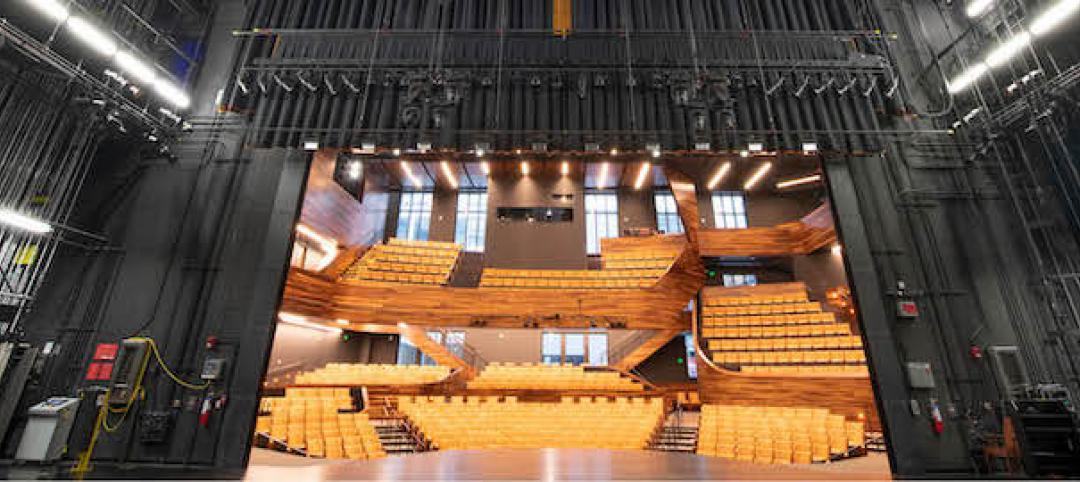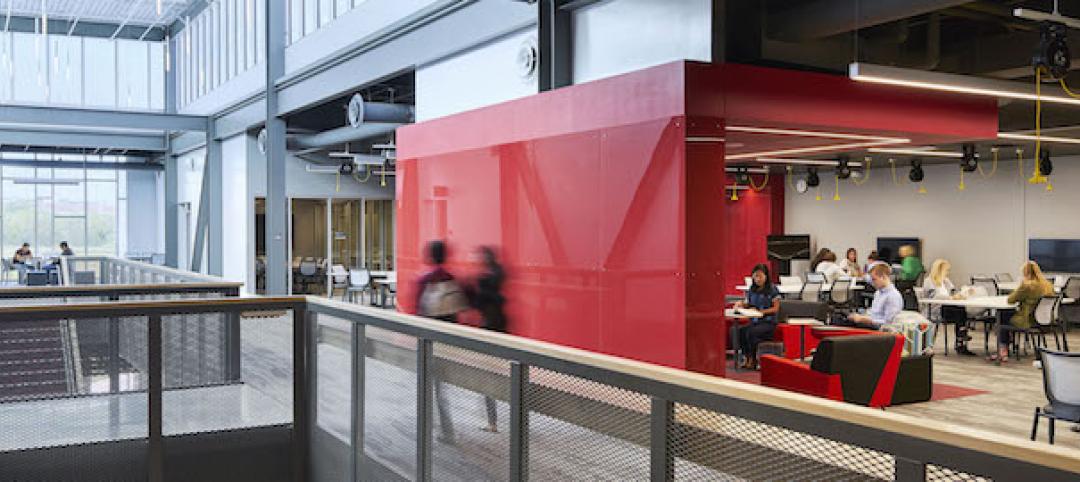The ever-increasing focus on low-energy buildings has created significant interest in the concept of energy benchmarking. Energy use intensity (EUI) continues to be the go-to metric for benchmarking performance, similar to a car’s fuel economy rating. Yet, a low energy use intensity mark can often mask poor performance. For instance, a partially occupied building with an inefficient space layout, or compromised thermal comfort, may use less energy due to reduced occupancy rather than for optimized design and operations. A building with a higher occupant density may have a higher energy use, but expend less energy per person.
The 2015 International Green Construction Code (IgCC) introduced a new energy compliance pathway known as outcome-based compliance. The outcome-based pathway relies on actual performance of a building to achieve compliance, rather than relying on predicted use determined through energy simulation or through prescriptive measures, such as minimum insulation levels or maximum lighting power densities. While we still must consider these pathways, building owners can uncover further energy saving opportunties by understanding a building’s operating pattern. Additional factors consider how energy is used for equipment that is not directly regulated by energy code, such as computers, printers, and other “process” equipment. Low-energy buildings require the participation of an engaged occupant group to realize process energy use savings. Yet, there is also a need to achieve energy efficiency without compromising user productivity.
Traditional benchmarking often starts with an EUI target, determined using the EPA’s ENERGY STAR Target Finder or the Architecture 2030 challenge framework. But what if targets were instead set starting with a building’s true process load? Although there is some movement within ASHRAE Standard 90.1 and California’s T24 energy code to regulate control of these loads, process equipment loads are typically considered unregulated, leaving them as a point of focus and discussion later in the design process.
We recently completed a high-performance building project for the Wayne N. Aspinall Federal Building and U.S. Courthouse which found that ASHRAE standard utilization schedules did not correlate to measured process load energy use profiles. When tenants were questioned about their equipment energy use, users expressed frustration over being encouraged to reduce use to the point of compromising function. This interaction with tenants over an 18-month period inspired a new way of thinking about energy use that focuses on a building-level coefficient of performance, in addition to EUI.
DLR Group is researching a new benchmarking metric called energy usage effectiveness (EUE). Similar to the power usage effectiveness (PUE) metric used for data centers, EUE is the ratio of total annual energy use divided by process energy use, either predicted through modeling or measured. A value of 1 equates to a building using only process load energy and being 100 percent naturally ventilated and lit: It’s our own version of energy nirvana.
EUE may be used across the full spectrum of a building’s life-cycle, including planning, design, commissioning, and operation phases.
- Planning: EUE targets can be set using values pre-calculated for a particular version of an energy code utilizing the Department of Energy’s commercial reference buildings. The EUE target would be less than these values.
- Design: EUE may be easily calculated from whole building energy simulation results and viewed in conjunction with EUI, alone, or as a multiplier (EUE x EUI). An increasingly low EUE x EUI value represents a project that has optimized both regulated and process load energy use.
- Commissioning/operations: Tracking of real-time EUE may allow the optimization of system operations for improved part-load performance.
- Outcome-based code frameworks: A building’s target EUI may be viewed in conjunction with EUE, where measured process load energy multiplied by EUE can be used to set adjusted EUI values.
Due to the complexity of buildings, no single energy metric is perfect, but rather, a complement of metrics helps to capture more wholly how a building is performing. Over time, other metrics such as energy per person or energy per dollar of capital investment help us understand different nuances of a building’s operations. Ultimately, we can’t improve what we don’t measure, analyze, and communicate. That is the heart of our performance design process.
More from Author
DLR Group | Oct 30, 2024
Reasons to reinvent the Midcentury academic library
DLR Group's Interior Design Leader Gretchen Holy, Assoc. IIDA, shares the idea that a designer's responsibility to embrace a library’s history, respect its past, and create an environment that will serve student populations for the next 100 years.
DLR Group | Jan 8, 2024
DLR Group adds executive leaders
DLR Group Chief Executive Officer Steven McKay, AIA, RIBA, announced new executive leaders for the 100% employee-owned, globally integrated design firm.
DLR Group | Nov 30, 2023
A lasting housing impact: Gen-Z redefines multifamily living
Nathan Casteel, Design Leader, DLR Group, details what sets an apartment community apart for younger generations.
DLR Group | Nov 6, 2023
DLR Group opens office in Nashville, Tenn.
DLR Group is expanding its presence in the Southeast with the opening of an office in downtown Nashville, Tenn.—a collaborative effort led by DLR Group Principals Matthew Gulsvig, AIA, LEED AP, and Randall Coy.
DLR Group | Jan 27, 2021
Selecting indoor air quality monitors to maintain healthy spaces
In searching for an indoor air quality monitor, most devices will measure a combination of temperature, relative humidity, carbon dioxide, particulate matter, and total volatile organic compounds.
DLR Group | Sep 1, 2020
The rise of inquiry-based learning in K-12 communities
Inquiry-based education offers a methodology that does not rely solely on the educator being the lead in all learning.
DLR Group | Aug 31, 2020
Reopening campus performance arts centers
Live productions, which offer students the opportunity to hone their skills with true audience feedback, currently pose health risks for students and faculty.
DLR Group | Jun 11, 2019
The power and possibility of adaptive reuse
Building reuse generally offers greater environmental savings than demolition or new construction.
DLR Group | Apr 29, 2019
A look ahead to learning in 2050
Fast forward to the year 2050 and beyond, and imagine what education looks like.
DLR Group | Aug 31, 2018
The building data analytics revolution in three acts
Increased transparency of operational building data is impacting accountability.
















